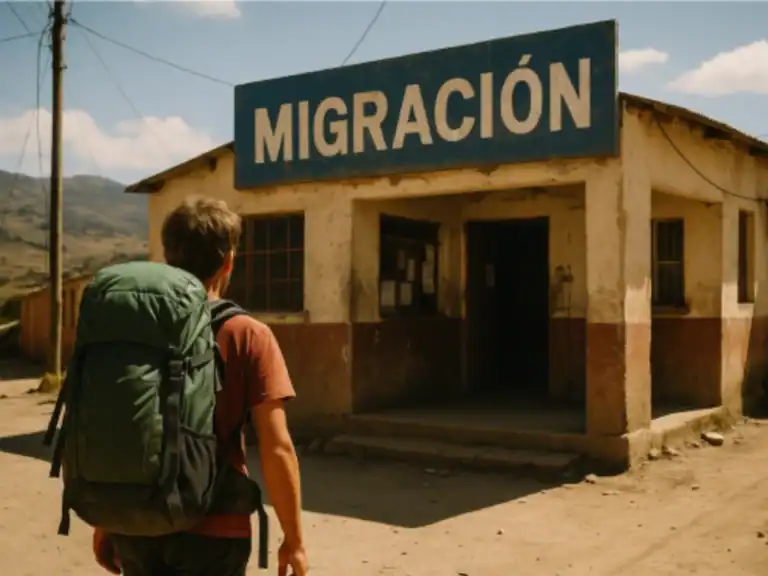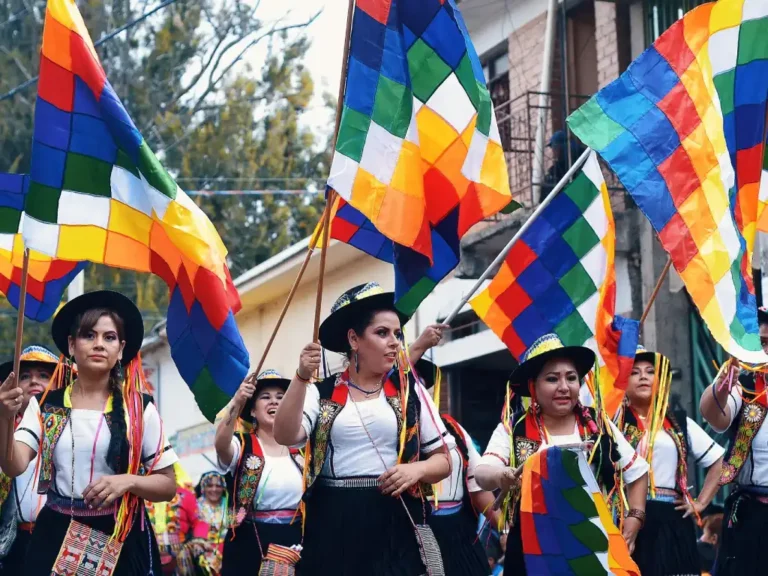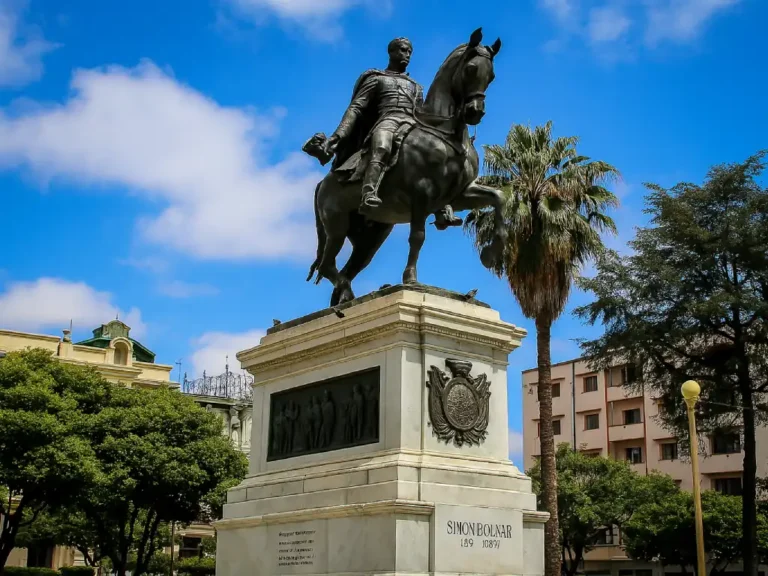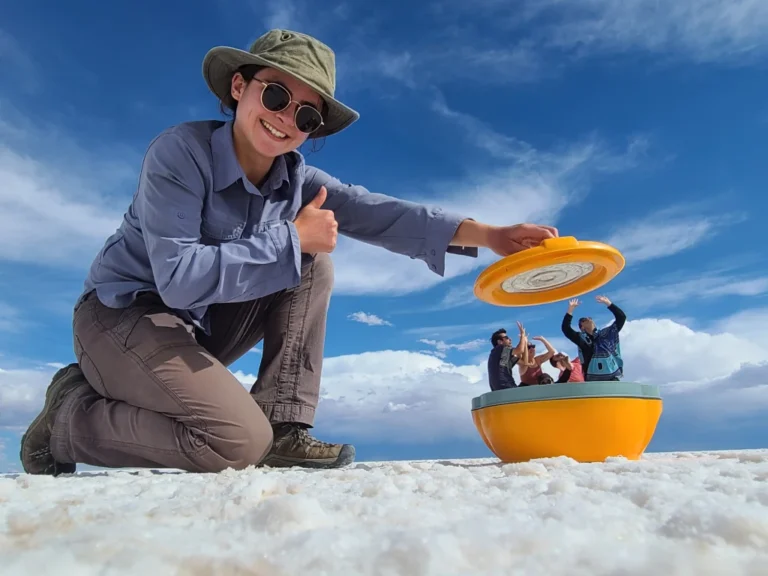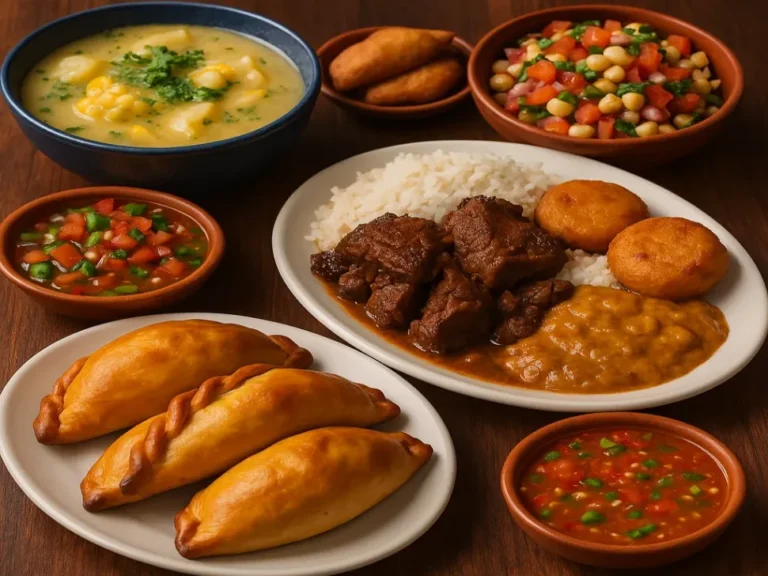Bolivia Holidays and Traditions: What’s Worth Celebrating?

Bolivia holidays and traditions are wild in the best way. A full-on mix of Indigenous customs, Catholic influences, family time, parades, costumes, fireworks, dancing, food… honestly it’s all going on. It’s one of those places where a ‘public holiday’ doesn’t mean a sleepy day off. It usually means drums, colour, devils with sequins & maybe a llama or two.
So if you’re planning a trip or just like a bit of cultural nosing, here’s what to expect from Bolivia’s most-loved celebrations & a few you might not have heard of.
Oh & if you’re visiting from abroad, it’s worth brushing up on the travel basics first – like whether you need a visa for Bolivia or not.
What makes Bolivian traditions so unique?
The short version? Layering. Bolivia’s holidays come from a blend of Indigenous rituals (mostly Aymara, Quechua & Guaraní – more on these in my languages spoken in Bolivia article), Spanish Catholicism, local legends & regional quirks.
Sometimes you’ll find a saint’s day being celebrated with Andean music & offerings to Pachamama the earth goddess. No one’s too fussed about keeping things tidy which is why it’s brilliant.
Expect symbolism, masks and to be offered a sip of singani (Bolivia’s national distilled spirit) or something stronger by a stranger in a feathered hat. The key is to just roll with it!
If you’re just starting to explore the country, the best things to do in Bolivia are a solid way to build out your plans around the big cultural dates.
What Are the Most Popular Holidays in Bolivia?
Bolivia’s most popular holidays include Carnaval, Día de los Muertos, Alasitas, Independence Day & Gran Poder. These events blend Indigenous traditions, Catholic customs & plenty of dancing, food & música (nice easy Spanish word to remember if you didn’t know it already).
Key holidays to know about
Carnaval (February or March)
Carnaval in Bolivia is massive, especially in Oruro (pic below) where it’s a full UNESCO-listed extravaganza. Think 48 hours of dancing devils (Diablada), elaborate costumes, live brass bands & non-stop processions. It’s rooted in both Catholic Lent & Andean mythology which basically means it’s sacred and chaotic.
If you’re around in February this is unmissable. Bring waterproofs. You’ll get sprayed.
Fun fact: During Carnaval, water fights are actually part of the celebration. Locals arm themselves with water balloons, spray foam & even buckets. No one is safe – including tourists.
There’s loads of street food flying about too. If you’re unsure what’s what, traditional Bolivian dishes are worth getting familiar with ahead of time.

Día de los Muertos (1st–2nd November)
Like Mexico’s Day of the Dead but with a Bolivian twist. Families build altars at home or in cemeteries with offerings of food, drink & coca leaves for visiting spirits. It’s not morbid. More like a deeply respectful picnic with your ancestors.
Bakers make special “t’antawawas” (bread babies) to place on the altars. They’re cute. Slightly creepy. But mostly cute.
Alasitas (24th January)
Possibly the most charming festival of them all. In La Paz people buy tiny versions of the things they wish to have in real life. Mini houses, cars, diplomas, passports. Then they get them blessed by a tiny deity called Ekeko. He’s a plump joyful figure covered in goods & goodwill.
Fun fact: Ekeko isn’t just a cute tradition. In 2013, Bolivia made the Alasitas fair a part of its intangible cultural heritage, giving it the same official status as Carnaval.
If you’re into the quirkier side of things, why Bolivia has two capitals has a similar slightly chaotic charm.
Independence Day (6th August)
A big patriotic one. Expect parades, speeches, marching bands & a lot of flags. It’s a public holiday across the country with most towns having their own version of festivities.
It’s not quite as wild as Carnaval but there’s still dancing. There’s always dancing. You’ll also spot the Wiphala – Bolivia’s rainbow flag with a lot more meaning than first meets the eye.
Gran Poder (varies, usually May or June)
Held in La Paz this is a massive religious & cultural celebration of the Señor del Gran Poder. Gran Poder is deeply tied to La Paz’s cultural identity – a city right in the heart of the Bolivian Altiplano, with all the high-altitude intensity that brings. Thousands of dancers take to the streets in ornate outfits performing traditional dances for hours, often through the night. There’s a lot of sequins. And brass. And pride.
It’s a big part of what makes the capital feel alive. Knowing what languages are spoken in Bolivia helps you connect better with the different groups taking part.
Bolivian Traditions & Customs
Bolivian traditions aren’t limited to holidays – they’re woven into everyday life. From coca leaf rituals in the Andes to blessing new cars with alcohol (yep, that’s a thing), the customs vary wildly by region. You’ll find strong Indigenous influences in rural areas, Catholic practices in cities, & often both mashed together.
What’s the vibe like during Bolivian holidays?
It depends where you are. In cities the energy’s high. Packed plazas, loud music, fireworks & parades that sometimes just block off the whole main road. In smaller towns things can feel more intimate or spiritual.
Either way the celebrations are about community. People open their homes. Strangers become drinking buddies. Food gets shared. Time slows down a bit.
It’s also a time where Bolivia’s social contrasts – rural vs urban, Indigenous vs modern – become visible in interesting ways. If you’re curious how that plays out beyond the party vibe, here’s my take on whether Bolivia is actually a poor country.
Tourist tip. Always check local calendars. Public transport & business hours can go completely out the window during major holidays.
If you’re planning around festivals, timing matters. Knowing the best time to visit Bolivia makes a big difference. Some of the best celebrations are seasonal.

FAQ Section for Queries I Keep Receiving
Popular festival foods include t’antawawas (bread babies), api con pastel (sweet drink + fried pastry), anticuchos (grilled meat skewers) & lots of chicha or singani to drink.
Celebrated on 21 June (winter solstice), it marks the Andean New Year. Locals gather at sunrise in places like Tiwanaku to welcome the sun with rituals, offerings & music.
Held on 23 June, San Juan is known for bonfires, fireworks & (ironically) being the coldest night of the year. It’s got a mix of Christian & pre-colonial roots.
Final thoughts on Bolivia holidays and traditions
They’re not just fun to witness. They’re windows into the country’s layered identity. If you get a chance to join in, do. Don’t just take photos. Dance a bit, eat the weird bread, accept the plastic cup of whatever’s going round.
You’ll remember it way more than any museum.
Got a favourite Bolivian holiday? Been sprayed with foam at Carnaval or eaten one too many t’antawawas? Let me know in the comments. I genuinely want to hear it.
Happy Travels!

